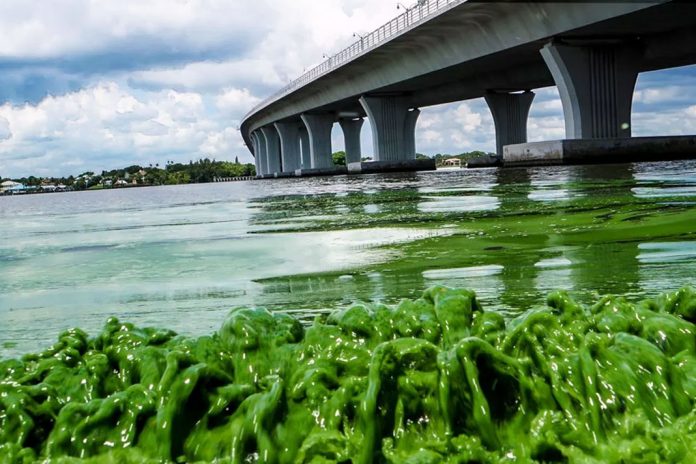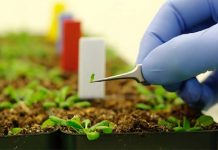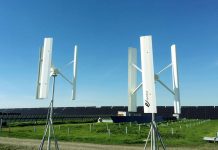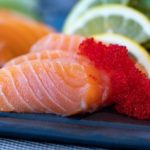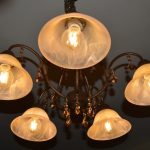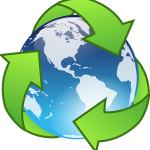All living things need specific nutrients for survival. Normally nature does the perfect job of providing the right amount of nutrients. However, too many or too few of nutrients can also cause problems and this can be seen mainly in the aquatic ecosystem as they are so dynamic in nature. Serious problems arise due to oligotrophic, that is, when there is a lack of nutrients available for the organisms.
Similarly, problems also arise at the time of eutrophication which occurs when the aquatic system has an abundance of nutrients. Eutrophication is a condition where high nutrient concentration stimulates excess algae. A negative effect prevails when lakes, rivers and other aquatic systems become eutrophic.
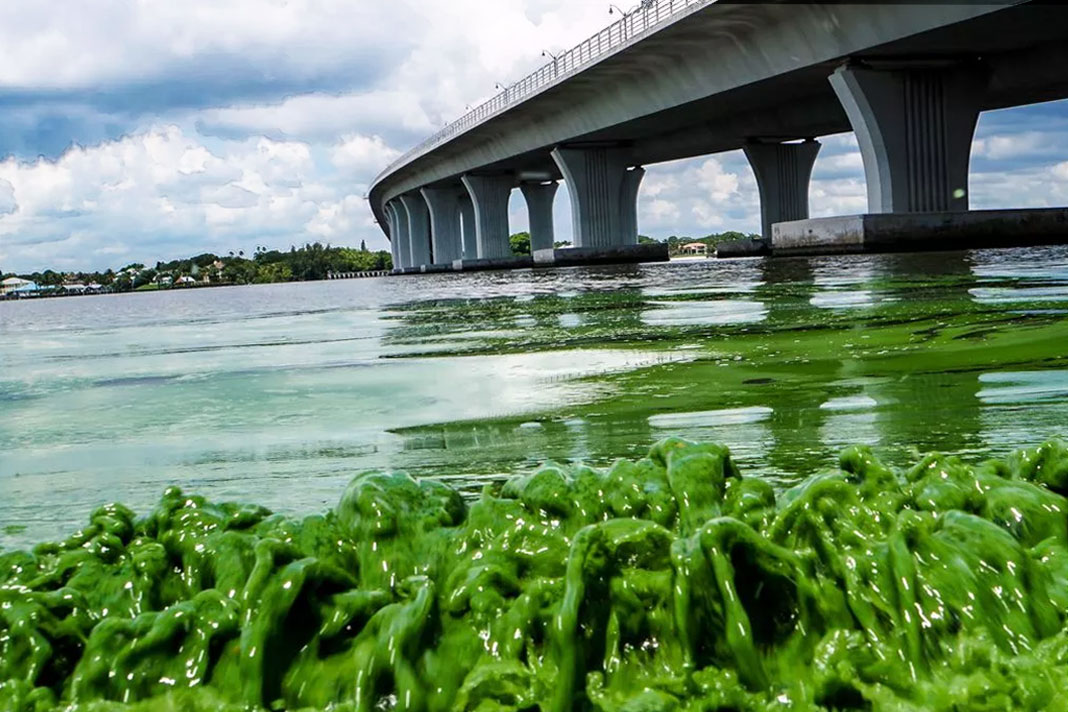
Here are Some Effects of Eutrophication on Environment
Increased Biomass of Phytoplankton
Phytoplankton or microalgae contains chlorophyll and required sunlight for growth. This process is called photosynthesizing microscopic organisms. Phytoplankton is buoyant in nature and they float in the upper part of the ocean where sunlight penetrates into the water. They require inorganic nutrients to convert into proteins, carbohydrates and fats. Excess nutrients present in the water results in phytoplankton forming algae. These algal blooms occur in freshwater as well as marine environments.
Toxic Harmful Algal Blooms
The toxic algal blooms causes harm through the production of toxins or by their accumulated biomass which alter food web dynamics and affect co-occurring organisms. The impact includes human illness, mortality of fish, birds and mammals, economic losses to coastal communities and commercial fisheries.
Increased of Gelatinous Zooplankton
Zooplankton is known as heterotrophic plankton. They have locomotion and are primarily transported by ambient water currents. They play a vital role in aquatic food webs especially for higher tropic levels including fish. Zooplankton can be divided into two important groups such as crustacean and gelatinous. In many areas of the world where the natural species are affected by pollution, over-fishing and climate change these gelatinous zooplankton organisms becoming the dominant species.
Increased Turbidity
Due to the growth of phytoplankton in lakes and rivers turbidity increases and reduces penetration of light into the water. This inhibit the growth of submerged aquatic plants that affect the species.
Biodiversity Decreases Species
Eutrophication changes the availability of light and certain nutrients to an ecosystem. It causes shuffling in the species composition to boost new competitive species to invade and out-compete the original inhabitants. Macro algae and their massive biomass are such examples that inhibit the growth of other aquatic plants.
Increased Biomass of Macro Algae
Macro algae also known as marine seaweeds. These are mainly found in algal blooms which are recognized by large blades of algae that may wash up into the shoreline. When the seaweeds are alive they are very harmless but when it is decomposed by anaerobic bacteria then toxic gases like hydrogen sulfide are released.
Eutrophication is a natural process that occurs in water bodies. Agricultural runoff sewage discharge and urban runoffs are some of the sources that help to increase the flow of nutrients into aquatic systems.
